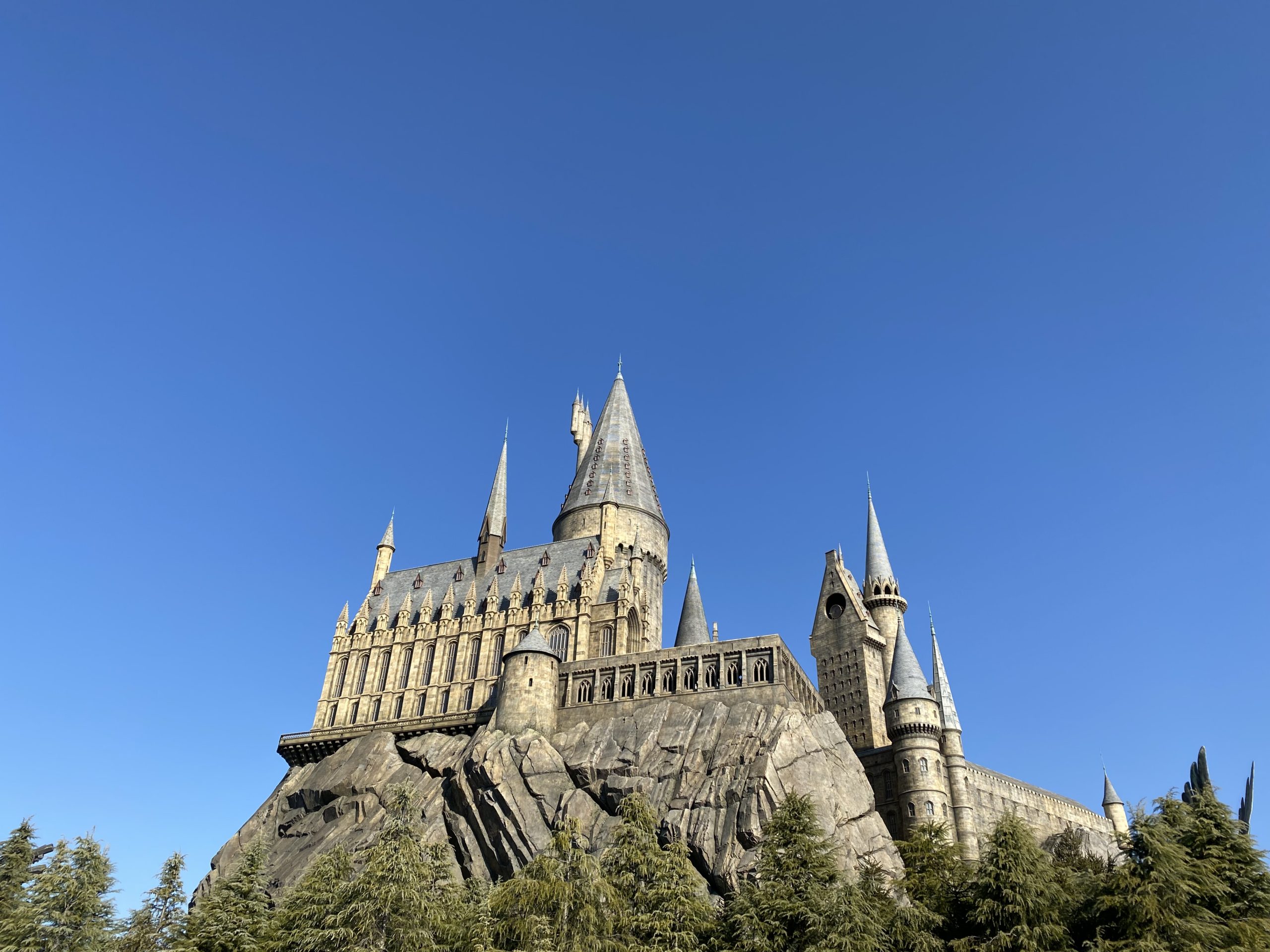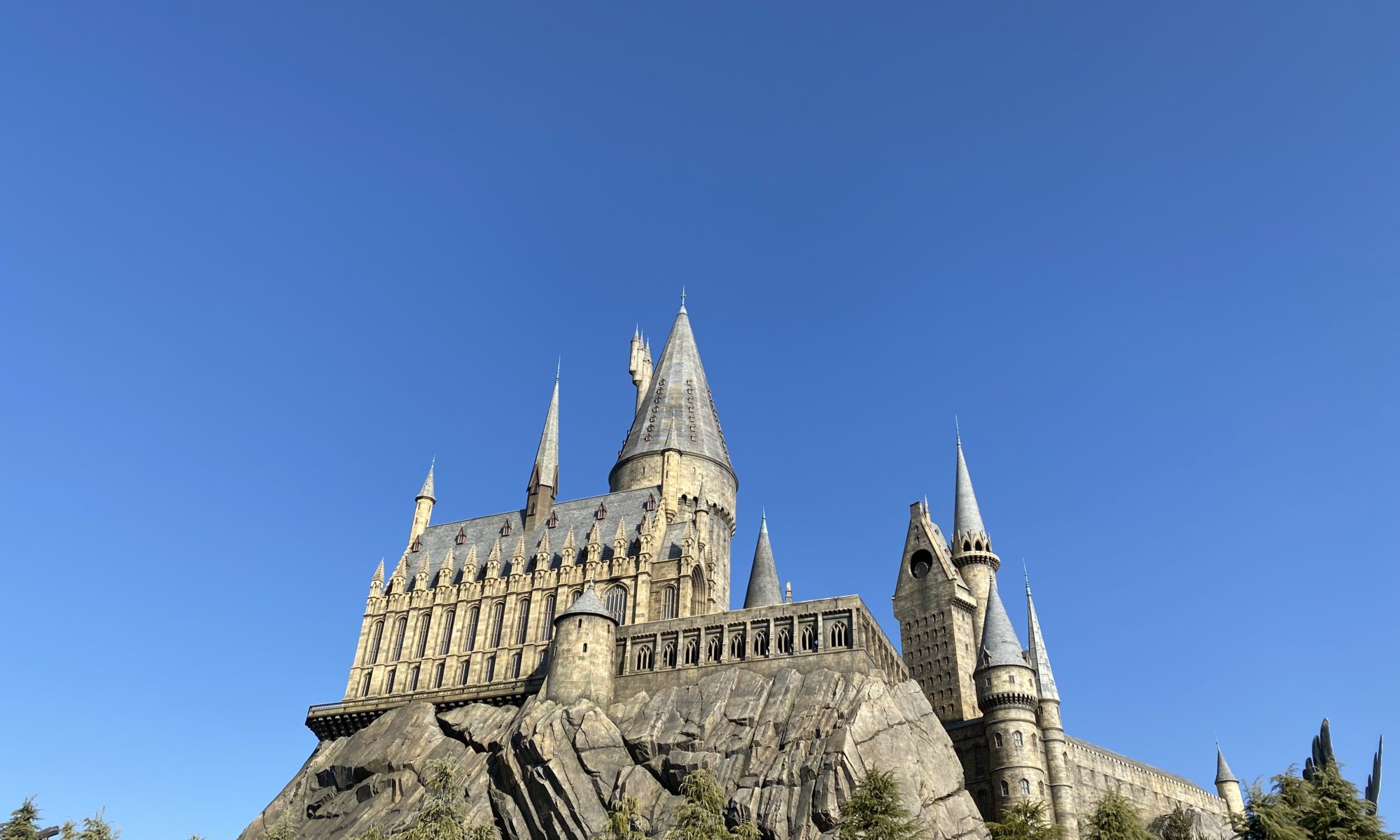This is the course webpage for Introduction to Contents Tourism taught on Thursday Period 4.
Syllabus: 19J4049-多文化社会演習1
Rubric: Contents Tourism Rubric 2024
Writing Academic Essays at University video series
Week 1 (11 April): What is contents tourism?
Course Introduction
Lecture Materials: 2024 Week 01 Contents Tourism
Open Access Reading List (refer to this throughout the course)
Philip Seaton and Takayoshi Yamamura, “Japanese Popular Culture and Contents Tourism”
Katsuyuki Nishikawa, Philip Seaton and Takayoshi Yamamura (eds), “The Theory and Practice of Contents Tourism”. This contains the Japanese translation of Sue Beeton, Takayoshi Yamamura and Philip Seaton, ‘The mediatisation of culture: Japanese contents tourism and popular culture’, which was the first article in English to define ‘contents tourism’.
There is an updated theoretical introduction to our contents tourism research in my lecture “On the trail of Shiba Ryotaro and Jane Austen: Novels, Heritage and Contents Tourism in Japan and the UK”. In addition to the video, the full script is available in English and Japanese.
I have also done a podcast on contents tourism with the Beyond Japan Podcast.
The Japanese translation of our 2020 book Contents Tourism and Pop Culture Fandom is now available open access at the Hokkaido University Library repository.
The latest book (2022) is War as Entertainment and Contents Tourism in Japan. The whole book is open access, and you can read it and read/watch many supplementary materials at my teaching website War Memory Tourism (in the “Travelling Japan’s Wars section).
In my lecture “The Golden Age of Contents Tourism” I discuss tourism in the context of Covid-19, the environmental crisis, and the Ukraine War.
Other articles are available at the International Journal of Contents Tourism.
And here is a useful blog by an experienced contents tourist: Like a fish in water
Other Links
「映像等コンテンツの制作・活用による地域振興のあり方に関する調査」
Cool Japan Fund Launched to Aid Global Promotion of Japanese Culture
Week 2 (18 April): TUFS as a “Sacred Site”
TUFS as a “sacred site” & role play
Materials: 2024 Week 02 TUFS Sacred Site
Gaigodai guidelines on filming.
Week 3 (24 April): The Last Samurai & Lucky Star
A case study of contents tourism based on the 2003 Tom Cruise film, and the case study that formed the basis of so much contents tourism theory. Note: It is important to look through the following materials before class.
The Last Samurai
Articles about Last Samurai Tourism on IJCT
‘On the trail of The Last Samurai (I): Taranaki‘, International Journal of Contents Tourism 4 (2019), pp. 12-24.
‘On the trail of The Last Samurai (II): Hobbiton vs Uruti Valley‘, International Journal of Contents Tourism 4 (2019), pp. 25-31.
‘On the trail of The Last Samurai (III): Himeji and Kagoshima‘, International Journal of Contents Tourism 4 (2019), pp. 32-42.
Lucky Star Episode 1
Discussion 1: Why did this anime become such a major contents tourism phenomenon?
Group discussion 2: Look at the tourism homepage of Kuki city. How does contents tourism fit into the broader picture of tourism in Kuki? What do overall visitor numbers tell us? Saitama Prefecture Tourism Data (the original online data is here).
Article
Read the article “Contents tourism and local community response: Lucky star and collaborative anime-induced tourism in Washimiya” by Takayoshi Yamamura. This is essential reading for the class and we will discuss the key conclusions/arguments.
Group discussion 3: What were some of the main conclusions of the paper?
NHK World Reports
Group discussion 4: How do you think the attack on the Kyoto Animation offices in July 2019 has affected contents tourism?
The attack, 19 July 2019.
Weeks 4-6 (9, 16, 23 May): Questionnaires
The basics of questionnaire design and carrying out a survey.
Week 4: Lecture about questionnaire design. Here is a helpful pdf about questionnaire design on the Harvard University website. PSRQuestionnaireTipSheet_0
Group work: Thinking of questions. The final questionnaire is here. Please answer for homework by 12:00 on 16 May.
Week 5: Work on presentations in groups. Your presentation should give key analytical findings from the survey, i.e. your analysis of trends, interesting results, and the broader conclusions about contents tourism that may be drawn from them.
Homework: Complete your presentation. Send the Powerpoint (or Keynote) file to Philip Seaton by 12:00 on Wednesday 22 May.
Week 6: Presentations of the results from each group. Each group has 15 minutes in total (setup 1-2 minutes, presentation 6-8 minutes, Q&A 4-6 minutes). Maximum presentation length is 8 minutes.
Active Learning Hours: Report about fieldwork at a “sacred site”. Deadline 8 June.
Weeks 7-9 (30 May, 6 June, 13 June): Tourism Data
Week 7: Analyzing the tourism statistics produced by local authorities in Japan. We focus today on the data for Kagoshima city, particularly in 2019 (the year of Segodon). Group Work: Work on presentations.
Week 8: Work on presentations. Group 1: (Topic), Group 2: (Topic), Group 3: (Topic), Group 4: (Topic), Group 5: (Topic).
Week 9: Presentations of the results from each group. Each group has 15 minutes in total (setup 1-2 minutes, presentation 6-8 minutes, Q&A 4-6 minutes). Maximum presentation length is 8 minutes.
Weeks 10-12 (20 June, 27 June, 4 July): Contents Businesses
Week 10: Lecture about contents businesses.
The example of Universal Studios Japan. Here is some data on numbers of visitors. Group Work: Work on presentations
Week 11: Work on presentations. Group 1: (Topic), Group 2: (Topic), Group 3: (Topic), Group 4: (Topic), Group 5: (Topic).
Week 12: Presentations of the results from each group. Each group has 15 minutes in total (setup 1-2 minutes, presentation 6-8 minutes, Q&A 4-6 minutes). Maximum presentation length is 8 minutes.
Week 13: 13 July
End-of-term Test. Write the following essay under exam conditions (85 minutes). “With specific reference to at least three case studies of contents tourism, give some of the advantages and disadvantages of using contents tourism as part of a regional revitalization strategy.”
お疲れ様でした!

